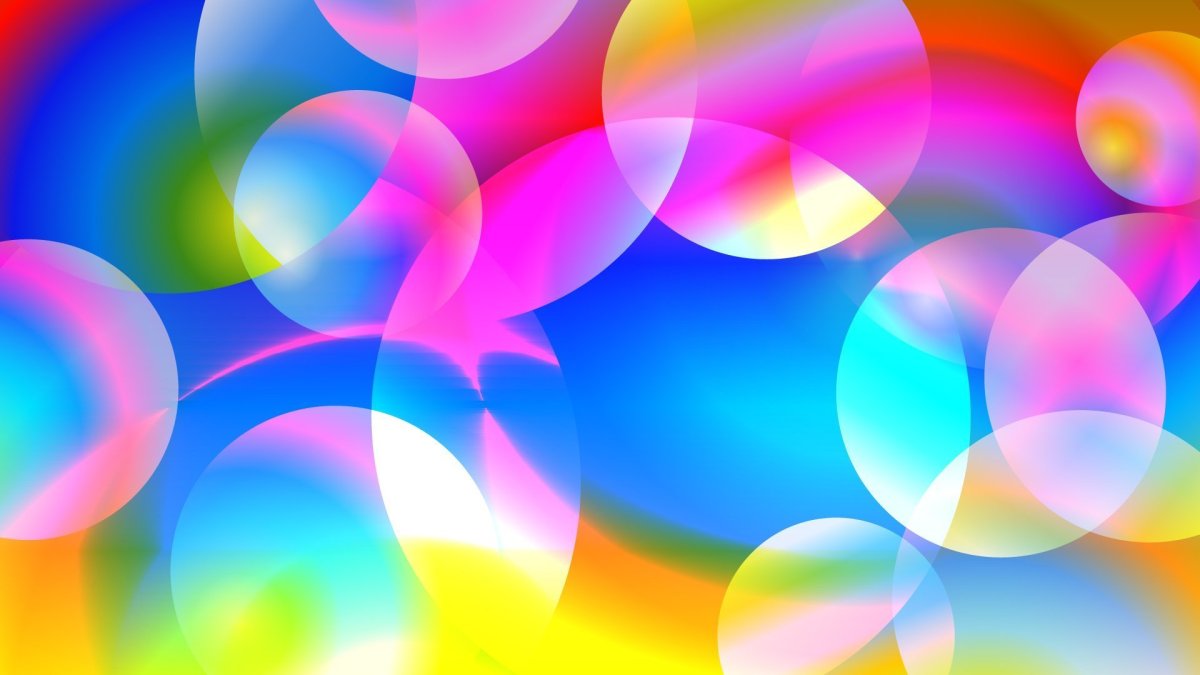When you watch a great drama performance on stage or on screen, there’s no doubt that you are witnessing the culmination of countless hours of hard work, dedication, and creativity. But what you may not realize is that technology plays a crucial role in bringing these performances to life. From lighting and sound design to special effects and multimedia enhancements, the tech behind the scenes is just as important as the actors on stage. Let’s take a closer look at the various ways in which technology helps to create a memorable drama performance.
Lighting Design
One of the key elements of any drama performance is the lighting design. Lighting not only helps to set the mood and tone of a scene, but it also directs the audience’s focus and highlights key moments of the performance. Thanks to advancements in technology, lighting designers now have access to a wide range of tools and equipment to create stunning visual effects. From LED lights and automated fixtures to programmable control systems, the possibilities are endless when it comes to lighting design for a drama performance.
Sound Design
Sound design is another crucial aspect of a drama performance. Sound effects, music, and dialogue all work together to enhance the storytelling and create a more immersive experience for the audience. Thanks to modern sound technology, sound designers have the ability to create complex soundscapes and manipulate audio in real-time. From wireless microphones and digital mixing consoles to surround sound systems and audio playback software, technology has revolutionized the way sound is used in drama productions.
Special Effects
Special effects have become an integral part of modern drama performances. Whether it’s creating realistic rain on stage or simulating a fiery explosion, special effects help to make the impossible seem possible. Advancements in technology have made it easier than ever for production teams to incorporate special effects into their performances. With the use of computer-generated imagery (CGI), green screens, and motion capture technology, filmmakers and stage producers can create visually stunning effects that captivate audiences and enhance the overall viewing experience.
Projection Mapping
Projection mapping is a cutting-edge technology that is increasingly being used in drama performances to create dynamic visual displays. By projecting images and videos onto three-dimensional surfaces, such as sets, props, and backgrounds, projection mapping can transform any ordinary stage into a breathtaking work of art. This technology allows designers to create immersive environments, bring static objects to life, and add a whole new dimension to the storytelling process.
Virtual Reality and Augmented Reality
Virtual reality (VR) and augmented reality (AR) are two innovative technologies that are revolutionizing the way drama performances are created and experienced. VR allows audiences to step inside the world of the performance and interact with the characters and settings in a whole new way. AR, on the other hand, overlays digital information onto the real-world environment, creating a seamless blend of reality and fantasy. By integrating VR and AR into drama productions, directors and producers are able to push the boundaries of traditional storytelling and offer audiences a truly immersive and interactive experience.
Conclusion
Technology has undoubtedly transformed the world of drama performances, allowing creators to push the boundaries of what is possible on stage and on screen. From lighting and sound design to special effects and multimedia enhancements, the tech behind the scenes plays a crucial role in bringing stories to life in a captivating and memorable way. As technology continues to evolve, we can only imagine the endless possibilities that lie ahead for the future of drama production.

